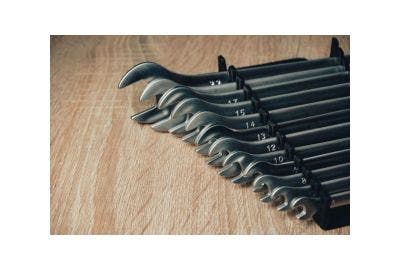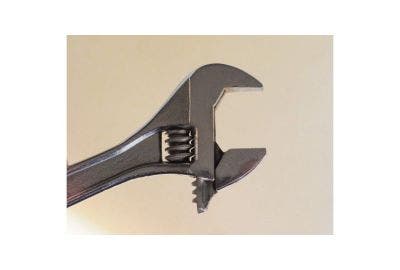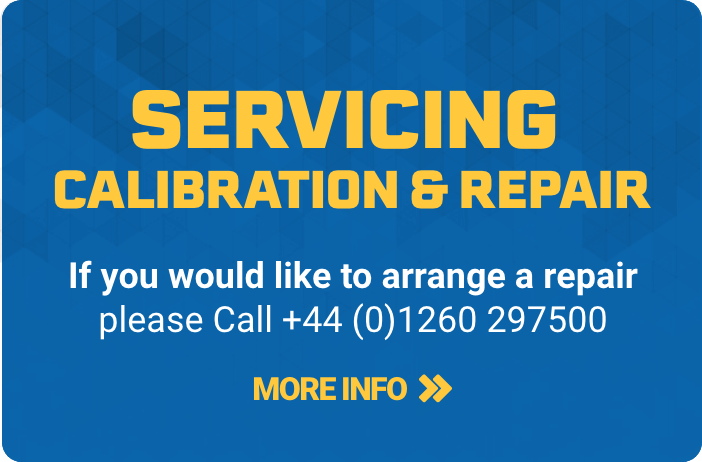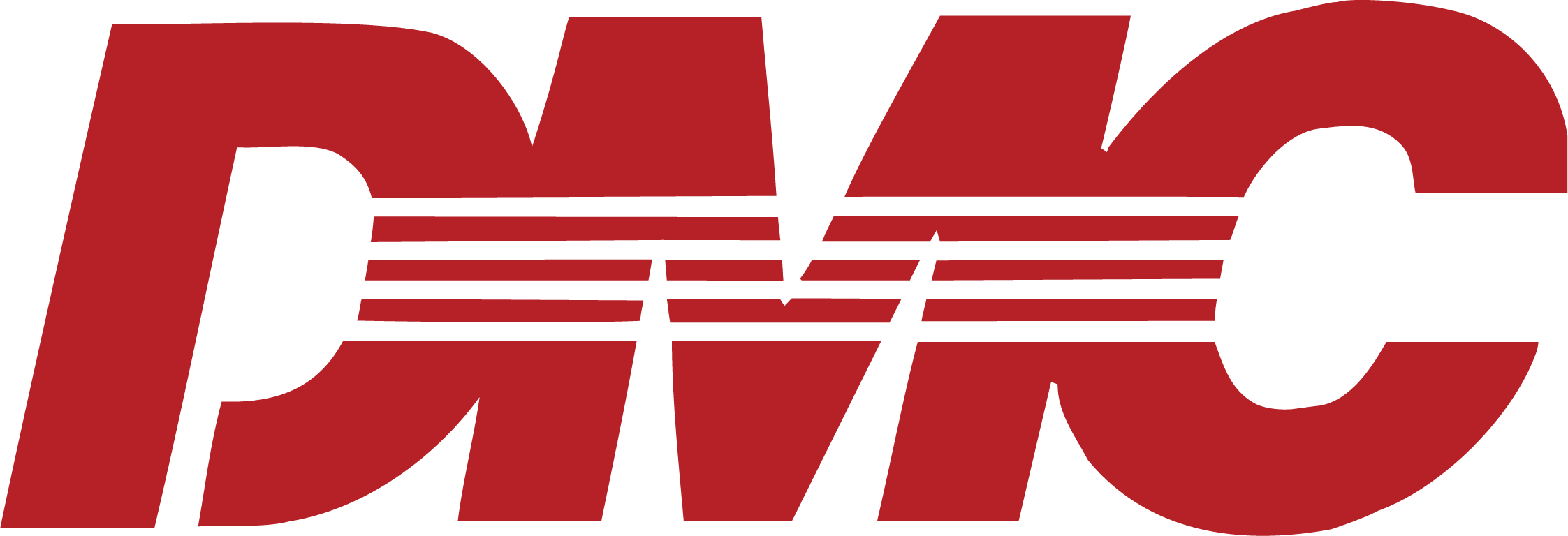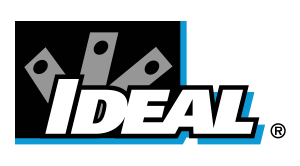Now is a good time to start planning for any home improvement projects you wish to complete during the spring and summer months. However, gaining an understanding of the different hand tools you should acquire to complete your toolbox can be confusing. For example, what is the difference between a spanner and a wrench?
First, a spanner and a wrench have the same purpose. Both of these tools are designed to loosen and tighten nuts and bolts. However, each also has its specific uses.
After reading this blog, you will understand what the uses of a spanner and a wrench are and whether you need a spanner or wrench to carry out a particular task.
Open up any tool bag and you’re bound to spot a selection of hand tools that, at first glance, look nearly identical. And while spanners and wrenches may share some visual traits, they're not exactly twins. Depending on where you are, one person’s wrench is another’s spanner, and that can be confusing.
This guide breaks it down clearly: what each tool is, where and how to use it, and which one might make your next project smoother, quicker, and just a little less frustrating.
What Is The Difference Between Spanners and Wrenches?

The main reason for all the confusion? Location. In the UK, there’s a clear distinction:
- A spanner refers to a fixed-size tool that fits a specific nut or bolt.
- A wrench usually means something adjustable.
But in the US, pretty much everything in this category is lumped together under the name "wrench."
That means someone in the UK talking about a spanner might be referring to the same tool an American would call a wrench, which isn’t ideal if you’re buying online or browsing a mixed toolkit.
If you’re shopping internationally, it's helpful to double-check product listings and imagery. Some suppliers use both terms, while others may not clarify which style they mean until you open the box.
What Is A Spanner?

A spanner is built for jobs where precision matters. Because they’re designed to fit just one size of fastener, they grip firmly and reduce the chance of slipping or rounding off the edges.
There are a few main types:
- Open-ended spanners: With U-shaped jaws, these are ideal for speed.
- Box spanners (tubular spanners): These fit over nuts in hard-to-reach spots and are turned with a Tommy Bar. They're ideal for enclosed spaces like electrical panels or engine bays.
- Combination spanners: One open end, one ring end. This design covers more ground without needing to swap tools.
Spanners tend to be slimmer than wrenches, so they’re handy in places where space is tight and every millimetre counts, and they’re especially valued in sectors like automotive repair, aerospace engineering and industrial maintenance, which are all sectors where accuracy is key.
What Is A Wrench?

Wrenches adjust to grip bolts and nuts of different sizes. That makes them practical, but there’s often a trade-off because they’re heavier, bulkier and not always as precise.
Some types to know:
- Pipe wrenches: Ideal for plumbing. The teeth bite into round surfaces, making them perfect for loosening or tightening pipe joints.
- Pin-hook wrenches: Designed for specific fittings like lock nuts, rings, or collars.
- Torque wrenches: These are for tasks where too much or too little force could cause damage. Mechanics use them with sockets and rely on on torque wrenches when working on engine parts and wheel nuts.
Adjustable wrenches can save time, particularly on varied repair jobs. However, they’re best used where space allows for broader movement, like under sinks or on scaffold fittings.
Spanners vs Wrenches: Which Tool Wins Where?
If you’re dealing with limited access or working on delicate fittings, a spanner is probably the better pick. The fit is snug, and it won’t shift mid-turn. This makes them perfect for jobs like:
- Car engine repairs
- Fitting radiators
- Installing sinks or under-counter fixtures
On the flip side, wrenches are incredibly convenient when:
- You don’t know the bolt size in advance
- You’re working on furniture with mixed fasteners
- You want one tool that can handle multiple fittings on the go
Many professionals keep both close at hand. There’s no one-size-fits-all answer; it’s just about what suits the task at hand.
Real-World Use Cases
Here’s how things play out with actual tasks:
- Plumbing: A pipe wrench grips smooth, round pipes far better than a standard spanner.
- Automotive: A combination spanner fits perfectly in tight engine bays, helping you get torque without over-twisting.
- DIY furniture assembly: An adjustable wrench covers multiple sizes without the need to bring a full kit.
Beyond household tasks, these tools are essential in sectors like aviation maintenance, plant operations and electronics assembly. Choosing the right format reduces fatigue, prevents errors and can prolong tool life too.
Pros and Cons Side-by-Side
Spanners
- Pros: Neat fit, ideal for precision work, easy to handle in confined spaces
- Cons: You’ll need a full set for different sizes
Wrenches
- Pros: Adjustable, cost-effective for covering different fastener sizes, good all-rounder
- Cons: Bulky, sometimes awkward in tight spaces, not as precise
Why Tool Choice Matters
Using the right tool not only makes the job easier but also protects your workpiece. A poor fit risks stripping a bolt or damaging a pipe, which turns a five-minute job into a full afternoon.
Tool accuracy also affects your safety. Slipping tools can cause injury or damage components, so picking a proper spanner or wrench isn’t just about convenience.
Knowing when to use a spanner over a wrench means less hassle, faster fixes and fewer wasted trips to the tool shop. So, it's worth spending a moment to choose well.
Understanding the difference between spanners and wrenches saves time and frustration. Spanners shine when it comes to accurate, snug-fitting work. Wrenches, with their adjustable design, are great all-rounders.
If you're building or upgrading your toolbox, Heamar stocks both spanners and wrenches from trusted brands, along with screwdrivers, hammers and everything else you might need to get the job done right the first time.
And if you're ever in doubt, speak to the team at Heamar, and we can match you with the tool best suited to your next task.


